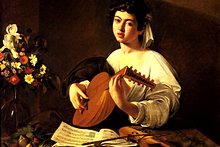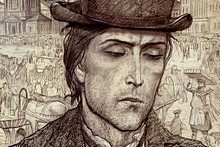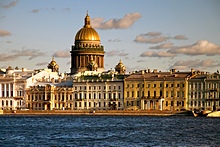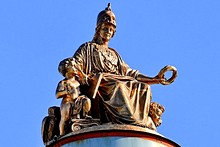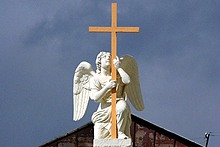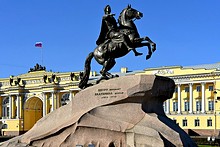"In his youth, at least, a man born in this city spends as much time on foot as any good Bedouin. And it's not because of the shortage or the price of cars (there is an excellent system of public transportation), or because of the half-mile-long queues at the food stores. It's because to walk under this sky, along the brown granite embankments of this immense gray river, is itself an extension of life and a school of farsightedness. There is something in the granular texture of the granite pavement next to the constantly flowing, departing water that instills in one's soles an almost sensual desire for walking."
Brodsky, 'A guide to a renamed city' (1979) in Less Than One: Selected Essays
Brodsky's words remain as true today as they were when he wrote them over three decades ago, seven years after he had been forced into exile far from his beloved hometown. St. Petersburg is a city that begs to be explored on foot, and not because the layout or dimensions of the city - and still less the climate - are particularly comfortable or convenient for the walker. Rather, it is only by traversing on foot St. Petersburg's broad avenues and palace-lined embankments, in the passively insistent twilight of high summer or the snow-bright blackness of the long winter nights, that you can really appreciate the inhuman inconvenience of this low-rise, wide-open city, the magnificent artifice and poignant hubris of this urban anomaly, a grand Imperial capital conjured tortuously out of the frozen marshes of the far north.
To give some direction to your exploration of St. Petersburg - "a giant mirror for a lonely planet", according to Brodsky - our travel writers and tour guides have compiled a selection of themed walking tours of the city, each focused on one aspect of St. Petersburg's extraordinary history or culture.
The State Hermitage Museum, the main collection of which is housed in the Winter Palace and adjoining buildings, has enough exhibits to occupy several days' of exploration. This introductory tour takes you through the state rooms of the Winter Palace and the highlights of the Hermitage's remarkable collection of European art.
This long literary tour focuses on the great novelist Fyodor Mikhailovich Dostoevsky and his most famous work, Crime and Punishment, exploring the areas of downtown St. Petersburg where the author lived and worked, and the tragic progress of his ill-fated protagonist, the impoverished student and nefarious murderer Raskolnikov.
The Italian-born architect Carlo Rossi was the greatest practitioner of the Empire style of 19th century high neoclassicism to work in St. Petersburg. His impact on the structure and appearance of the city is unparalleled, and can be explored on this tour through many of St. Petersburg's most famous and beautiful public spaces.
While Imperial St. Petersburg alternately grasped at and rejected the cultural achievements and social accoutrements of Western Europe, the city's relationship with the USA has traditionally been one of more equitable exchange. This tour bears witness to the many great Americans who have spent time in St. Petersburg, and the many more natives of the city that have found fame and fortune in the US.
These two walking tours celebrate the immense contribution made to Russian culture and to the city of St. Petersburg by Italian artists, musicians and architects. While craftsmen, scientists and artists from all over Europe were drawn to St. Petersburg in the city's early years, it was Italians above all that left the most lasting and visible marks on the urban landscape.
In the 19th century, Germans made up over 10 % of St. Petersburg's population, and the city's name itself was chosen for its Germanic ring. These walking tours seek out the often obscure traces left by generations of industrious burghers - the city's original middle class - whose contribution to all aspects of St. Petersburg's culture, commerce and governance was immense.
If Italy was the source of St. Petersburg's artistic inspiration and Germany provided the impetus for the city's civic and urban development, then France was always the model for St. Petersburg's social aspirations. These tours take us round the haunts of St. Petersburg's beau monde, from fashionable aristocratic salons to exclusive boutiques and restaurants and on to the ballet.

